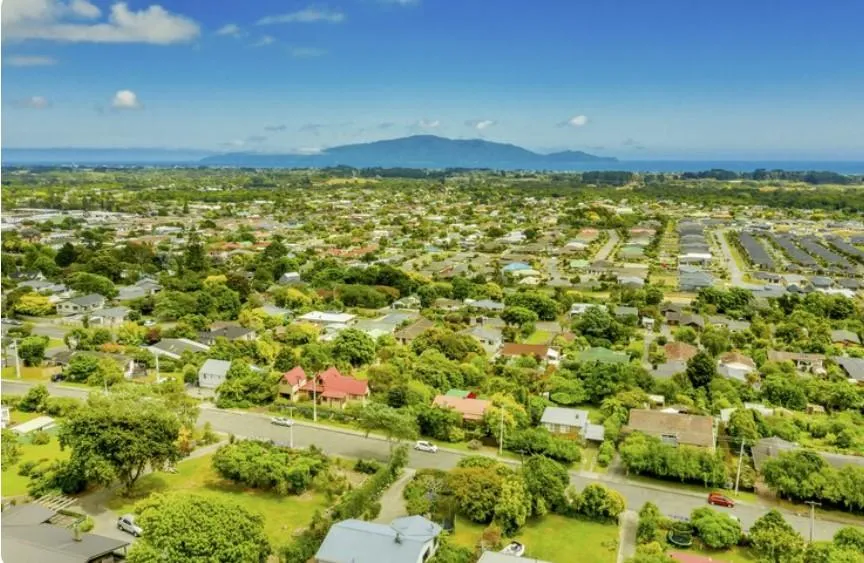
How Vacation & Short-Term Rentals Are Changing Neighborhoods in Dallas/Fort Worth
How Vacation & Short-Term Rentals Are Changing Neighborhoods in Dallas/Fort Worth
By Steven J. Thomas

Direct Answer
Short-term rentals (STRs) — from Airbnb to Vrbo — are reshaping how people live, invest, and sell real estate in Dallas–Fort Worth. These rentals increase neighborhood turnover, impact housing availability, and influence pricing trends. For homeowners, STRs can raise property values in tourist-heavy areas but may also bring tighter local regulations and changing community dynamics.
DFW’s Evolving STR Landscape
Dallas–Fort Worth is one of Texas’s largest short-term rental markets, driven by business travel, events, and relocation stays. According to AirDNA and Texas Real Estate Research Center data, the Metroplex now hosts over 20,000 active STR listings, with concentrations near:
Downtown Dallas and Deep Ellum
Arlington’s entertainment district (AT&T Stadium, Globe Life Field)
Grapevine and Irving near DFW Airport
Fort Worth’s Cultural District and Stockyards
Post-pandemic travel recovery and remote work have made STRs a permanent part of the housing mix — not just a trend.
How STRs Affect Dallas–Fort Worth Neighborhoods
1. Higher Property Values in Tourist or High-Demand Areas
Homes that can be legally converted to STRs often command a premium of 10–15%, especially near entertainment or business districts.
Example: Arlington and parts of Dallas’ Bishop Arts have seen increased investor competition for single-family homes zoned for short-term use.
💡 Seller Insight: If your home sits near a high-demand area, STR potential can be a selling point — but disclose zoning and permit compliance clearly.
2. Housing Availability and Affordability
In certain neighborhoods, STR growth can reduce long-term rental supply. This can lead to higher rents and tighter housing access for local residents.
Cities like Dallas and Plano have responded with permit caps, stricter zoning, and occupancy limits to balance tourism with housing needs.
🏡 Homeowner Note: Even if you’re not running an STR, local regulation may influence neighborhood dynamics, traffic, and property values.
3. Community & Lifestyle Shifts
Neighborhoods once dominated by owner-occupants are now seeing higher turnover and changing demographics.
Common concerns include:
Increased parking demand
Noise complaints or code enforcement calls
Loss of neighborhood familiarity
But many hosts also invest in property maintenance and curb appeal, which can raise visual standards and nearby values when managed professionally.
4. Regulation & City Response
DFW cities have adopted very different STR policies:

Regulation continues to evolve — and enforcement will likely increase in 2026. Always verify local ordinances before buying or converting a property.
What This Means for Homeowners
If you’re a homeowner selling near STR-dense zones, emphasize owner-occupant appeal and stability in your marketing. Families value consistency and quiet streets.
If you’re buying or investing, confirm city ordinances, HOA rules, and licensing requirements before making offers.
📊 Use my Home Seller Score to gauge neighborhood demand and whether STR activity might help or hurt resale value.
Investor Opportunity: Hybrid Models
Some Dallas investors are now pivoting to medium-term rentals (MTRs) — 30- to 90-day stays aimed at traveling nurses, contractors, and relocation clients.
Fewer legal restrictions than nightly rentals.
More predictable income and less turnover.
Appeals to employers and insurers relocating families.
This “between short and long” model offers a stable middle ground for investors seeking compliance and returns.
How STRs Influence Local Sellers
More Competition for Entry-Level Homes: Investors target affordable single-family homes that can yield high nightly rates.
Increased Appraisal Complexity: STR income potential sometimes inflates buyer expectations.
Shift in Buyer Profiles: You may attract more investors than families depending on your area’s STR zoning.
As a result, pricing and marketing strategy should account for both audiences — owner-occupants and investors.
💼 Tip: If your neighborhood allows STRs, include “investment-friendly zoning” in your MLS remarks (only if verified and compliant).
Community & Policy Outlook for 2026
Experts predict a continued balancing trend:
More cities will formalize registration and permit systems.
HOAs will increasingly regulate or restrict STR operations.
Owners who comply and maintain high-quality listings will continue to see profitability.
The short-term rental economy isn’t disappearing — it’s simply maturing into a regulated segment of DFW’s housing market.
Conclusion
Short-term rentals are here to stay — but they’re changing how Dallas–Fort Worth neighborhoods function.
For some, STRs bring investment and revitalization. For others, they introduce challenges in affordability and community cohesion.
Whether you’re selling, buying, or investing, understanding how STRs shape local dynamics helps you make smarter real estate decisions.
📲 Explore Dallas–Fort Worth Neighborhood Reports
🏘️ Check Your Home Seller Score
💬 Book a Home Goals Consultation
Key Takeaways
DFW hosts over 20,000 active short-term rentals, concentrated near event and entertainment districts.
STRs increase property demand and pricing in key zones but reduce long-term rental availability.
Regulation varies by city — Dallas and Plano are tightening rules, Fort Worth remains moderate.
Homeowners near STR zones should understand how investor activity affects value and marketing.
Hybrid models like medium-term rentals may offer balance and compliance-friendly returns